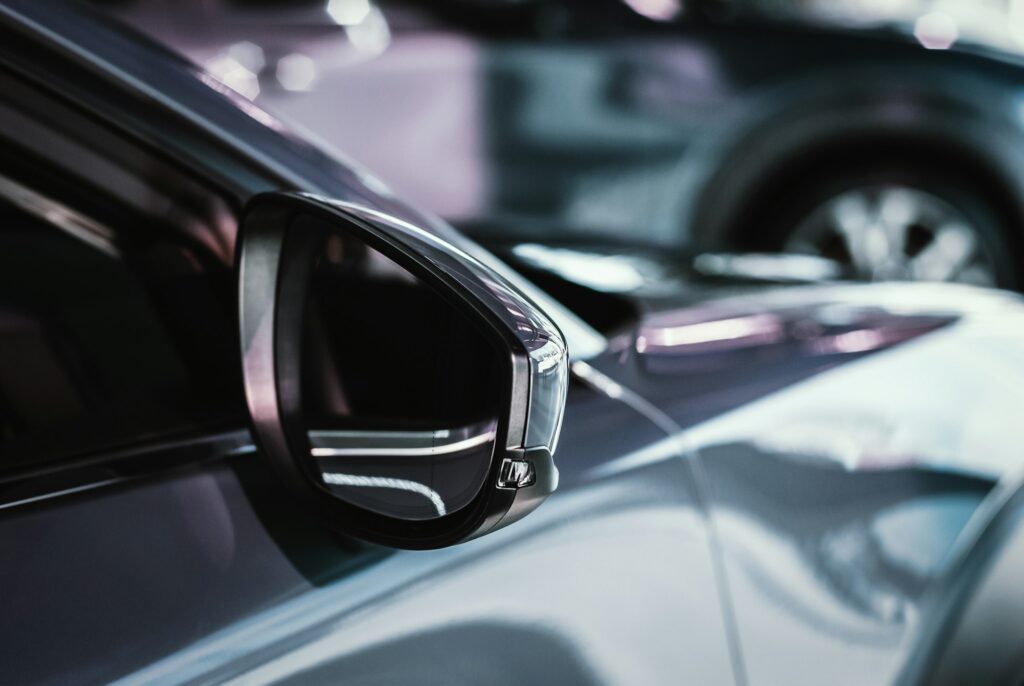What is Dealer Holdback and how does it benefit car dealers?
Understanding the Basics
When you go to a car dealership to buy a car, you might notice that the price you see on the sticker isn’t always what you end up paying. This difference in price is due to something called “dealer holdback.” It’s important to understand what dealer holdback is and how it benefits car dealerships.
So, What Exactly is Dealer Holdback?
Dealer holdback is essentially a percentage of the manufacturer’s suggested retail price (MSRP) that the car manufacturer holds back or withholds from the dealer when they sell a car. This amount is typically returned to the dealer at a later time, often on a quarterly basis. In simple terms, it’s like a rebate that the dealer receives from the manufacturer.
How Does Dealer Holdback Benefit Car Dealerships?
Dealer holdback serves several purposes and provides benefits to car dealerships. Here are a few key reasons why it’s beneficial:
1. Cash Flow Management
Car dealerships have many expenses, such as paying employees, maintaining inventory, and covering operational costs. Dealer holdback allows dealerships to manage their cash flow effectively. By receiving these holdback funds periodically, dealerships can use the money to invest in various areas of their business without relying solely on car sales.
2. Buffer Against Price Negotiations
When customers negotiate the price of a car, dealerships might need to lower the selling price to satisfy the customer. However, with dealer holdback, dealerships have a buffer. They can still make a profit even if they agree to a lower price because they will receive the holdback funds from the manufacturer later.
3. Incentives for Selling Cars
Manufacturers want to motivate car dealerships to sell their vehicles. Dealer holdback provides an incentive for dealerships to move inventory, as they know they will receive a percentage of the MSRP back from the manufacturer. This encourages dealerships to promote and sell cars more actively.
4. Covering Advertising and Promotions
Dealerships often spend a significant amount of money on advertising and promotions to attract customers. Dealer holdback funds can be used to cover these expenses, allowing dealerships to create effective marketing campaigns without straining their budgets.
5. Building Profit Margin
While car dealerships make money from the sale of cars, their profit margins can be slim. Dealer holdback helps them increase their profit margin by adding additional funds back into their businesses. This extra revenue can be used to reinvest in the dealership or improve customer experience, ultimately benefiting the dealership in the long run.
Conclusion
Dealer holdback is an important concept for both car dealerships and customers to understand. By holding back a portion of the manufacturer’s suggested retail price, car manufacturers provide benefits to dealerships. Dealer holdback helps dealerships manage cash flow, buffer against price negotiations, incentivize car sales, cover advertising costs, and build profit margins. Understanding dealer holdback allows both car dealerships and customers to navigate the car buying process with more clarity and transparency.
Please rate this post

With over 20 years of experience in the car business, I’ve navigated the evolution of the industry from traditional sales to the dynamic digital age. My journey through various roles in both sales and management has endowed me with a unique perspective on the challenges and opportunities in automotive sales today.
As the founder of Shawn Ryder Digital, I combine my extensive background in technology with my deep understanding of the automotive industry. This synergy allows me to craft digital marketing strategies that are not just effective but tailored to the specific needs of each dealership. My commitment is to drive your sales, enhance your brand awareness, and ensure your dealership thrives in the digital landscape.
Here at Shawn Ryder Digital, we’re not just about providing services; we’re about building partnerships. As I often say, “In the fast-paced world of digital marketing, staying ahead isn’t just an option; it’s a necessity.”
Together, let’s embrace the challenges of the digital age and turn them into opportunities for growth and success. Join me in redefining the future of automotive digital marketing. Let’s accelerate your dealership’s journey to the top.
